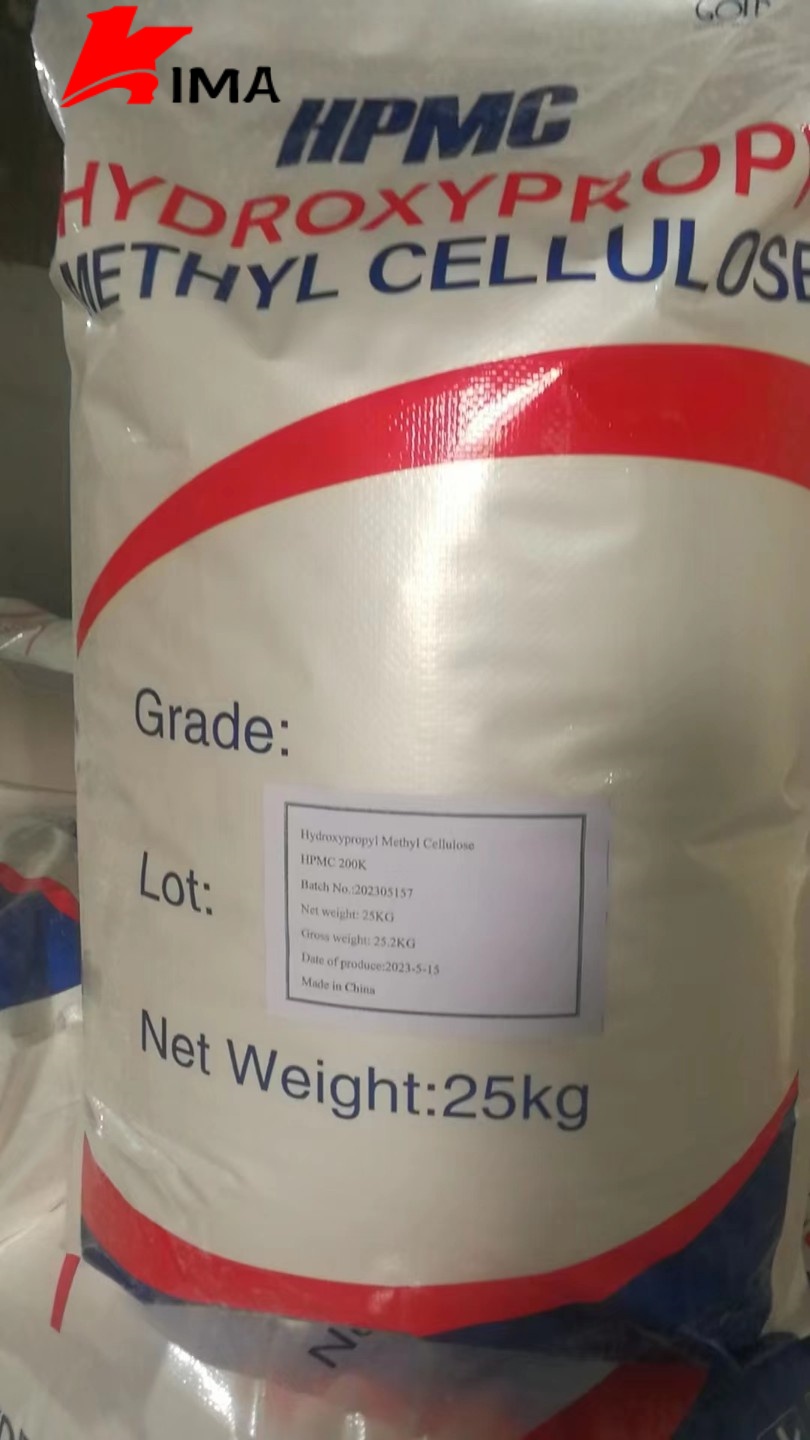Hydroxypropyl methylcellulose (HPMC) Capsule Grade
Hydroxypropyl Methylcellulose (HPMC) capsule grade refers to a specific type of HPMC formulation tailored for the production of pharmaceutical capsules. Let’s delve into the details of HPMC capsule grade:
1. Introduction to HPMC Capsule Grade:
HPMC capsule grade is a cellulose-based polymer derived from natural cellulose through chemical modification. It is designed specifically for use in pharmaceutical capsule formulations due to its biocompatibility, inertness, and ability to form transparent, flexible films.
2. Chemical Structure and Properties:
HPMC capsule grade shares the basic chemical structure of all HPMC grades, with hydroxypropyl and methyl groups attached to the cellulose backbone. Its properties are optimized for capsule production and include:
- Uniform particle size: HPMC capsule grade is typically produced in a fine powder form with consistent particle size distribution, ensuring uniformity in capsule filling.
- High purity: It is manufactured under strict quality control measures to ensure high purity and compliance with pharmaceutical standards.
- Excellent flow properties: HPMC capsule grade exhibits excellent flow properties, facilitating the encapsulation process and ensuring uniform filling of capsules.
- Moisture resistance: It has good moisture resistance, which helps maintain capsule integrity and stability during storage.
3. Production Process:
The production process of HPMC capsule grade involves several steps:
- Raw material selection: High-quality cellulose is selected as the starting material, typically sourced from wood pulp or cotton linters.
- Chemical modification: The cellulose undergoes etherification reactions to introduce hydroxypropyl and methyl groups, resulting in HPMC capsule grade.
- Purification and drying: The modified cellulose is purified to remove impurities and dried to achieve the desired moisture content.
- Particle size control: The product is milled to achieve the desired particle size distribution, ensuring optimal flow properties for capsule filling.

4. Applications of HPMC Capsule Grade:
HPMC capsule grade is primarily used in the pharmaceutical industry for the production of capsules. It serves as a key ingredient in both hard gelatin capsules (HGCs) and vegetarian capsules (also known as HPMC capsules or “veggie caps”). The main functions of HPMC capsule grade in capsule formulations include:
- Binder: It helps bind the active pharmaceutical ingredients (APIs) together, ensuring uniform distribution within the capsule.
- Disintegrant: It promotes rapid disintegration of the capsule upon ingestion, facilitating drug release and absorption.
- Film former: HPMC capsule grade forms a transparent, flexible film around the capsule, protecting the contents from moisture and external factors.
5. Significance and Regulatory Compliance:
HPMC capsule grade is widely used in pharmaceutical formulations due to its safety, biocompatibility, and regulatory compliance. It meets the requirements of major pharmacopoeias such as USP (United States Pharmacopeia), EP (European Pharmacopoeia), and JP (Japanese Pharmacopoeia), ensuring consistency and quality in pharmaceutical products.
6. Conclusion:
Hydroxypropyl Methylcellulose (HPMC) capsule grade is a specialized cellulose-based polymer designed for use in pharmaceutical capsule formulations. With its excellent flow properties, uniform particle size distribution, and regulatory compliance, HPMC capsule grade plays a crucial role in ensuring the quality, stability, and performance of pharmaceutical capsules. As the demand for pharmaceutical products continues to grow, HPMC capsule grade remains an essential ingredient in capsule formulations, contributing to the development of safe, effective, and reliable medications.
Post time: Mar-18-2024
